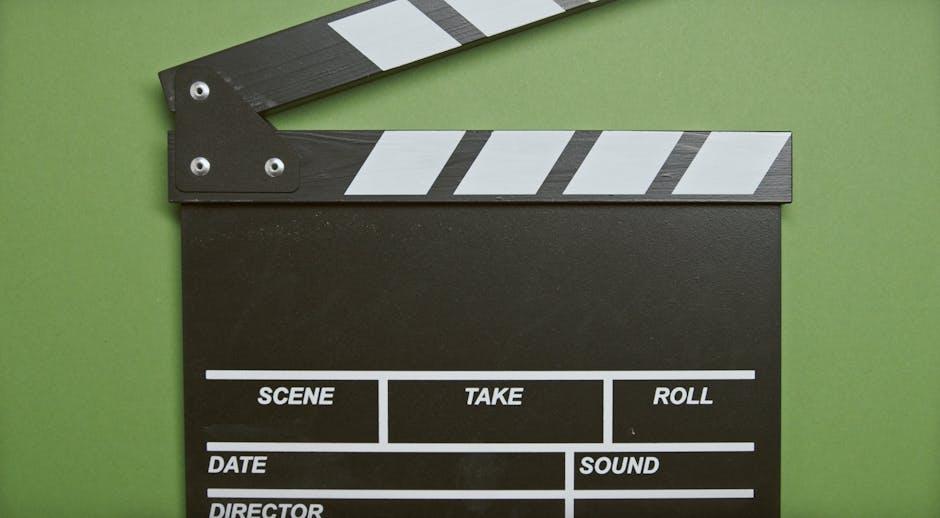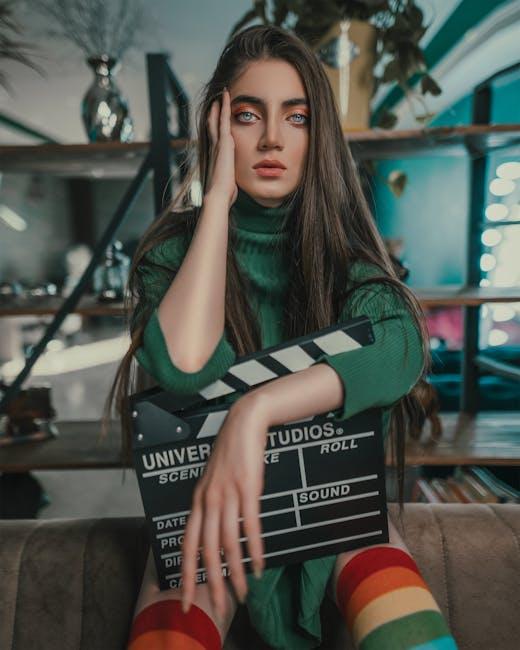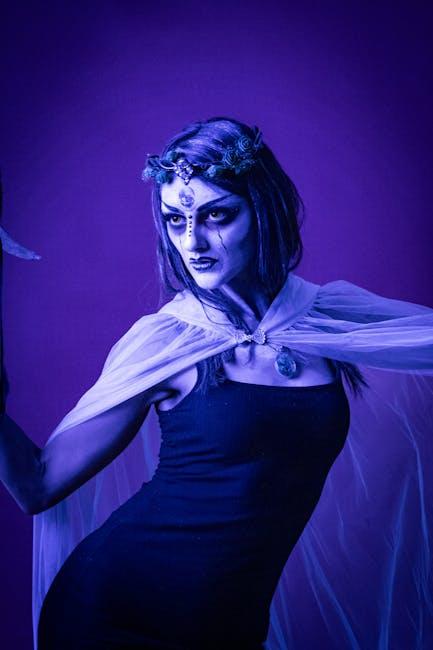In the dimly lit corridors of film studios, where storyboards are pinned and scripts are scrutinized, a world of creative decision-making unfolds, shaping the cinematic experiences we cherish. Beyond the glimmering allure of the silver screen, it is these hidden choices—made by directors, writers, designers, and editors—that intricately weave the fabric of a film’s quality. This article delves into the often-overlooked realm of behind-the-scenes creativity, exploring how these pivotal decisions influence the narratives, visuals, and emotional resonance of the final product. Join us as we pull back the curtain on the unsung artistry that transforms raw ideas into captivating cinematic masterpieces.
Crafting the Vision: The Art of Pre-Production Choices
In the labyrinth of filmmaking, the initial blueprint laid during pre-production is where the magic begins. It’s a phase where creative choices become the backbone of a film’s narrative and aesthetic appeal. Decisions on script development, casting, and location scouting serve as the foundation for the cinematic journey ahead. Each choice, whether selecting the perfect actor to embody a character or choosing a location that resonates with the story’s tone, profoundly impacts the film’s authenticity and emotional depth.
The art of pre-production is about foreseeing the unseen and crafting a vision that guides every subsequent step. Key elements include:
- Storyboarding: Visualizing scenes to align the director’s vision with the crew.
- Production Design: Creating a cohesive look and feel that enhances storytelling.
- Budgeting: Balancing creativity with financial constraints to ensure feasibility.
These deliberate, often unseen choices set the stage for a film’s success, transforming abstract ideas into a tangible reality that captivates audiences worldwide.
Casting and Chemistry: Selecting the Right Ensemble
When crafting a film, the selection of the right ensemble is crucial, as it can elevate a script from good to unforgettable. The alchemy of casting lies in finding actors who not only fit their roles but also create a palpable synergy on screen. This chemistry is an invisible thread that binds the narrative, making each interaction resonate with authenticity and depth.
Key considerations in casting involve:
- Diverse Talent: Ensuring a mix of established stars and fresh faces can bring a dynamic energy to the project.
- Complementary Skills: Balancing different acting styles to create a harmonious ensemble.
- Interpersonal Dynamics: Observing how actors connect during auditions or table reads to gauge potential chemistry.
By meticulously selecting actors who embody their characters and foster a collaborative environment, filmmakers can enhance the storytelling experience, creating a film that captivates audiences and stands the test of time.

Set Design and Atmosphere: Building Worlds Beyond the Script
The magic of cinema often lies in its ability to transport audiences to worlds that exist beyond the written word. Set design plays a pivotal role in this transformation, crafting immersive environments that breathe life into a script. Through meticulous attention to detail, designers construct spaces that reflect the story’s essence, from the opulent halls of a period drama to the gritty backstreets of a dystopian future.
- Visual Storytelling: Sets are not mere backdrops; they are visual narratives that complement character development and plot progression.
- Atmospheric Influence: The choice of colors, textures, and props creates a mood that resonates with the film’s themes, enhancing emotional depth.
- Authenticity: By recreating authentic environments, set designers anchor fantastical elements in reality, making the impossible seem plausible.
Each decision, from the grandiose to the minute, contributes to a film’s atmosphere, ensuring that viewers are not just observers but participants in a crafted reality. The world-building achieved through set design is a testament to the power of behind-the-scenes creativity, shaping the cinematic experience in profound ways.

Editing Magic: The Final Cuts Role in Storytelling
In the realm of filmmaking, the art of editing is akin to weaving magic. It’s where the essence of storytelling is shaped, and the narrative’s heartbeat is set. Editors, often working in the shadows, play a pivotal role in determining the rhythm and flow of a film. Through meticulous selection and arrangement, they transform raw footage into a cohesive and compelling story.
- Pacing: The editor’s hand guides the tempo, ensuring that each scene transitions seamlessly to the next, maintaining audience engagement.
- Emotion: By choosing the perfect cut, editors amplify emotions, crafting moments that resonate deeply with viewers.
- Perspective: The decision of what to include or omit shapes the audience’s understanding and connection to the story.
Ultimately, the final cut is a testament to countless creative decisions, each contributing to the film’s overall impact. This behind-the-scenes artistry is crucial, yet often invisible, driving the narrative forward and ensuring the story’s vision is realized.

